Genomic rearrangements, encompassing mutational changes in the genome such as insertions, deletions or inversions, are essential for genetic diversity. These rearrangements are typically orchestrated by enzymes that are involved in fundamental DNA repair processes, such as homologous recombination, or in the transposition of foreign genetic material by viruses and mobile genetic elements1,2. Here we report that IS110 insertion sequences, a family of minimal and autonomous mobile genetic elements, express a structured non-coding RNA that binds specifically to their encoded recombinase. This bridge RNA contains two internal loops encoding nucleotide stretches that base-pair with the target DNA and the donor DNA, which is the IS110 element itself. We demonstrate that the target-binding and donor-binding loops can be independently reprogrammed to direct sequence-specific recombination between two DNA molecules. This modularity enables the insertion of DNA into genomic target sites, as well as programmable DNA excision and inversion. The IS110 bridge recombination system expands the diversity of nucleic-acid-guided systems beyond CRISPR and RNA interference, offering a unified mechanism for the three fundamental DNA rearrangements—insertion, excision and inversion—that are required for genome design. A bispecific non-coding RNA expressed by the IS110 family of mobile genetic elements forms the basis of a programmable genome-editing system that enables the insertion, excision or inversion of specific target DNA sequences.

|
Scooped by
BigField GEG Tech
onto Genetic Engineering Publications - GEG Tech top picks June 27, 2024 5:54 AM
|





 Your new post is loading...
Your new post is loading...

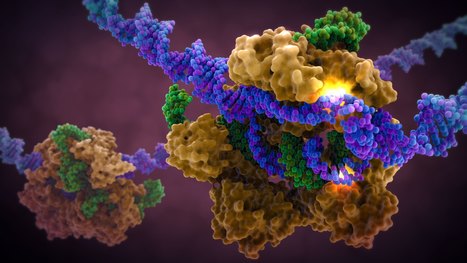




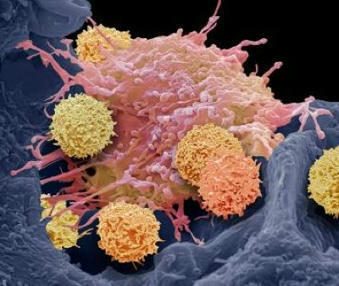


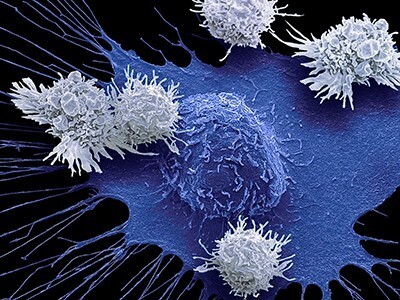
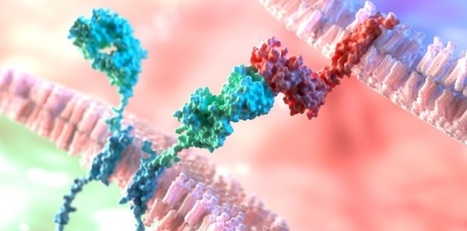
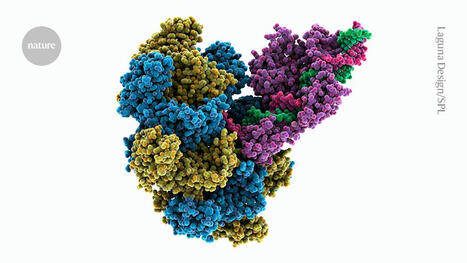


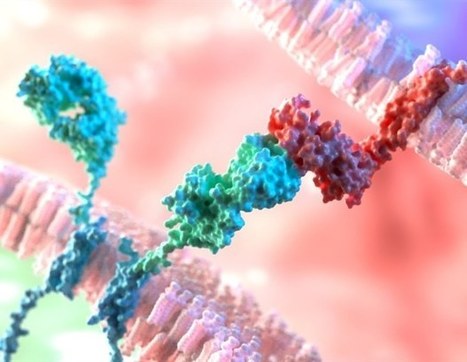


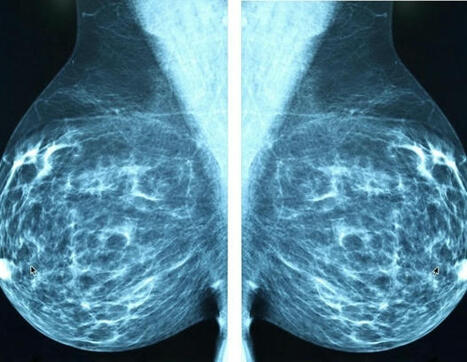
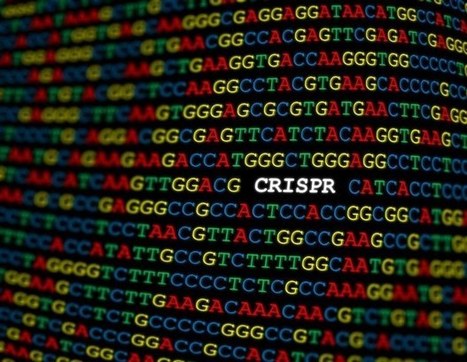
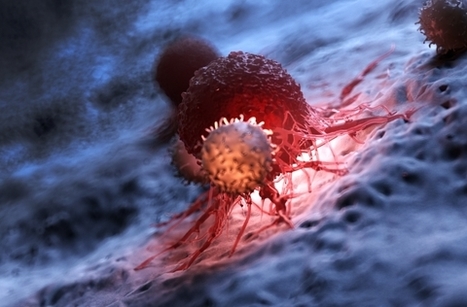
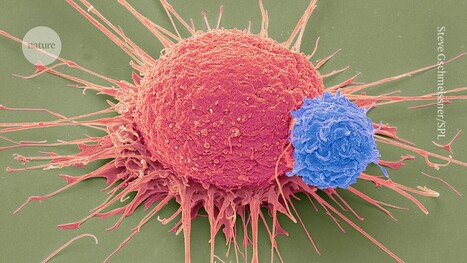
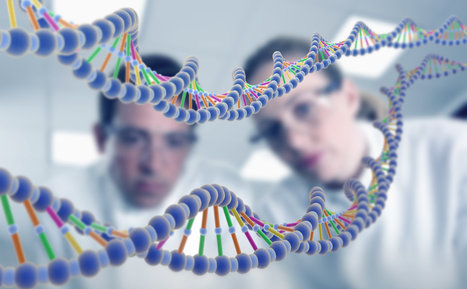







RNA-guided recombinase enzymes have been discovered that herald a new chapter for genome editing — enabling the insertion, inversion or deletion of long DNA sequences at user-specified genome positions.